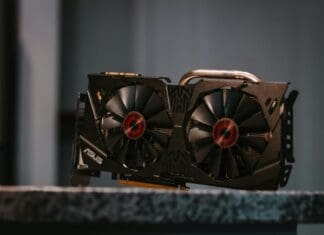This post is also available in:
 עברית (Hebrew)
עברית (Hebrew)
The ability to measure pressure, temperature and humidity is important in many applications, such as monitoring patients at home, robotics, electronic skin (flexible electronics that are able to mimic functionalities of human or animal skin), functional textiles, surveillance and security, to name just a few.
Research until now has targeted integrating the different sensors into the same circuit, and this has presented several technical challenges, not least concerning the interface to the user.
Researchers from the Laboratory of Organic Electronics at Linköping University, Sweden, have developed a new sensor that could be highly significant in fields such as robotics, healthcare and security. They succeeded in combining all three measurements into a single sensor.
Cellulose soaked in a carefully designed polymer mixture acts as a sensor to measure three parameters at the same time – pressure, temperature and humidity. The measurements are completely independent of each other.
This has been made possible by the development of an elastic aerogel of polymers that conducts both ions and electrons, and subsequent exploitation of the thermoelectric effect, according to eurekalert.com.
The scientists developed a material that has the same structure as a washing sponge, an aerogel. Adding a substance known as polysilane causes the sponge to become elastic. Applying an electrical potential across the material gives a linear current increase, typical of any resistor. But when the material is subject to a pressure, its resistance falls and electrons flow more readily through it.
Since the material is thermoelectric, it is also possible to measure temperature changes: the larger the temperature difference between the warm and cold sides, the higher the voltage developed. The humidity affects how rapidly the ions move from the warm side to the cold one. If the humidity is zero, no ions are transported.
“Our unique sensor also prepares the way for the internet of things, and brings lower complexity and lower production costs. This is an advantage not least in the security industry. A further possible application is placing sensors into packages with sensitive goods”, says senior lecturer Simone Fabiano.


























